The Different Types Of Stem Specializations Or Modifications In Nature

- A bulb is a plant with an underground highly condensed discoid stem surrounded by fleshy leaves or leaf bases that store food.
- A bulbil is an aerial stem modification that develops from the axillary bud of a plant or in place of an inflorescence or flower.
- Stolon is a weak branch arising laterally from the main stem’s base.
In nature, exceptions are always visible. Plant stems are no different. While plant stems generally grow upright perpendicular to the ground and provide structural support to the rest of the plant, some plants have stems growing underground or along the ground to perform specialized functions. Stems also generally transport nutrients and water from roots to leaves. However, some stems perform photosynthesis when leaves are reduced to scales or spines. There are different types of stem modifications in nature as mentioned below.
15. Underground Modifications Of Stems -
Many plants have stems that grow underground to produce modified structures performing specialized functions like food storage. Such stems are distinguished from roots by the presence of nodes and internodes, scale leaves, adventitious roots, and buds.
14. Rhizome -
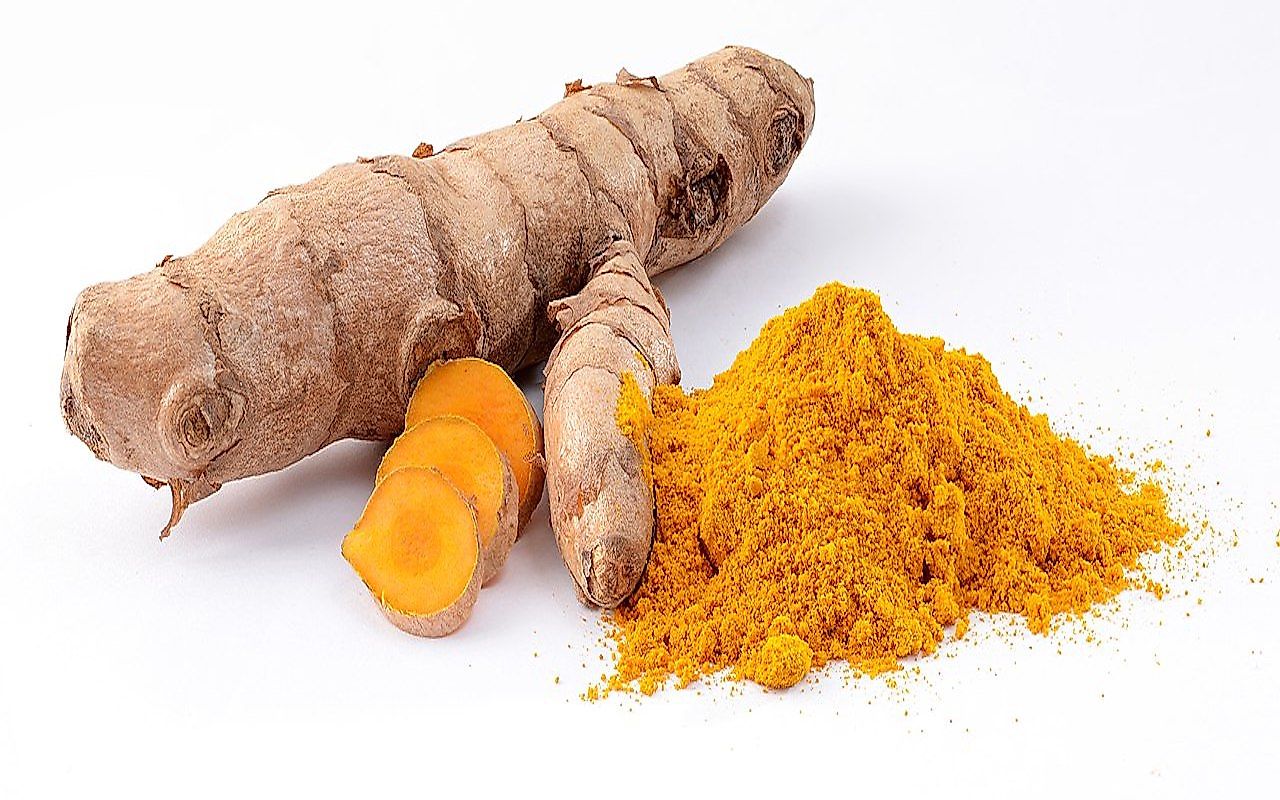
A rhizome is an underground modification of a plant stem. It is non-green and grows horizontally (ginger, turmeric) or obliquely (banana, alocasia) below the ground. The former is called straggling rhizome and the latter is known as rootstock rhizome. Rhizomes give rise to adventitious roots from the base. It has nodes that bear dry scale leaves with axillary and terminal buds. It also has distinct internodes. Rhizomes store plant nutrition in the form of proteins and starches that are useful to the plant during times of environmental stress like drought. Rhizomes also allow asexual or vegetative propagation of the parent plant.
13. Bulb -
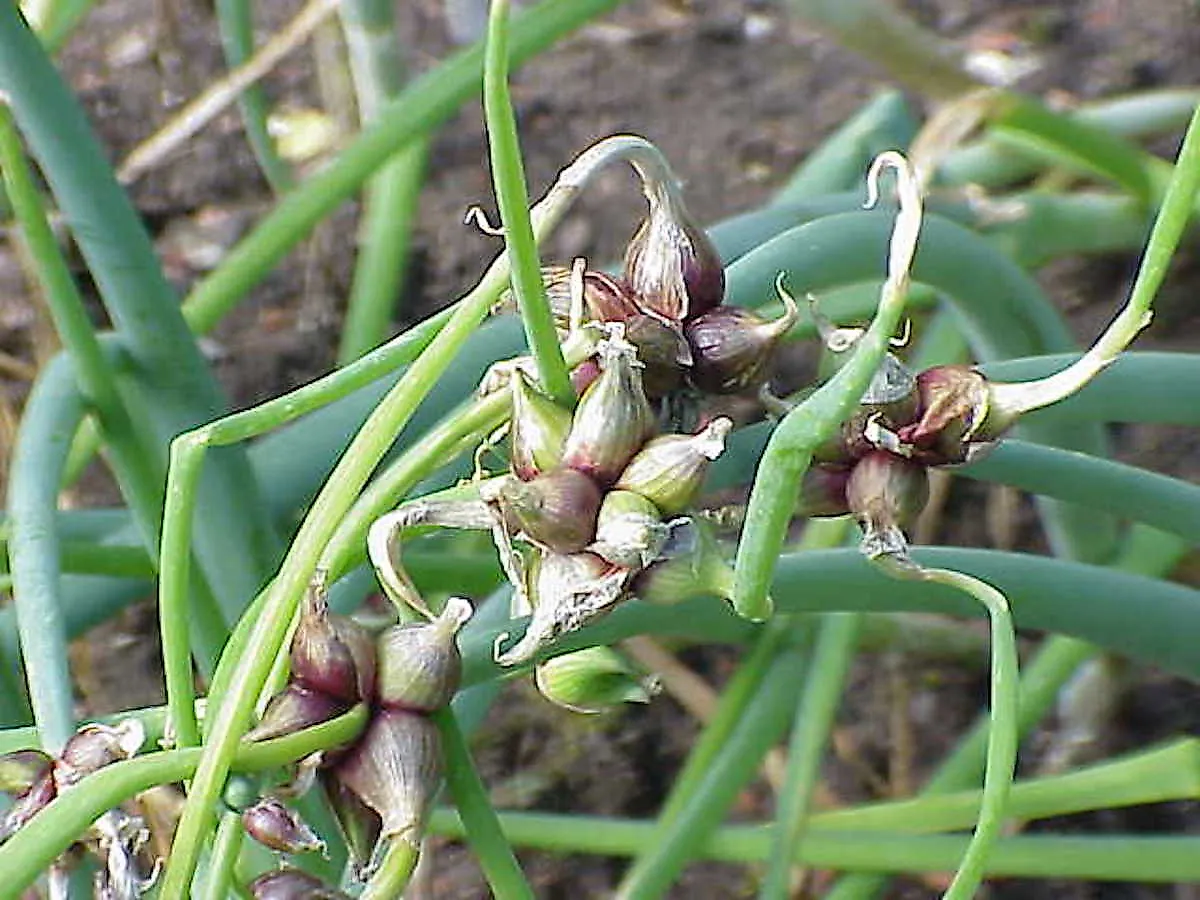
A bulb is a plant with an underground highly condensed discoid stem surrounded by fleshy leaves or leaf bases that store food that helps the plant survive adverse environmental conditions. The reduced stem of a bulb can give rise to adventitious roots from the base and produce leaves and new stems from the upper side. Bulbs can be tunicated (onion, garlic) where a sheath of dry membranous scale leaves called tunic cover the bulb or it can be scaly (lily) where the tunic is absent
12. Corm -
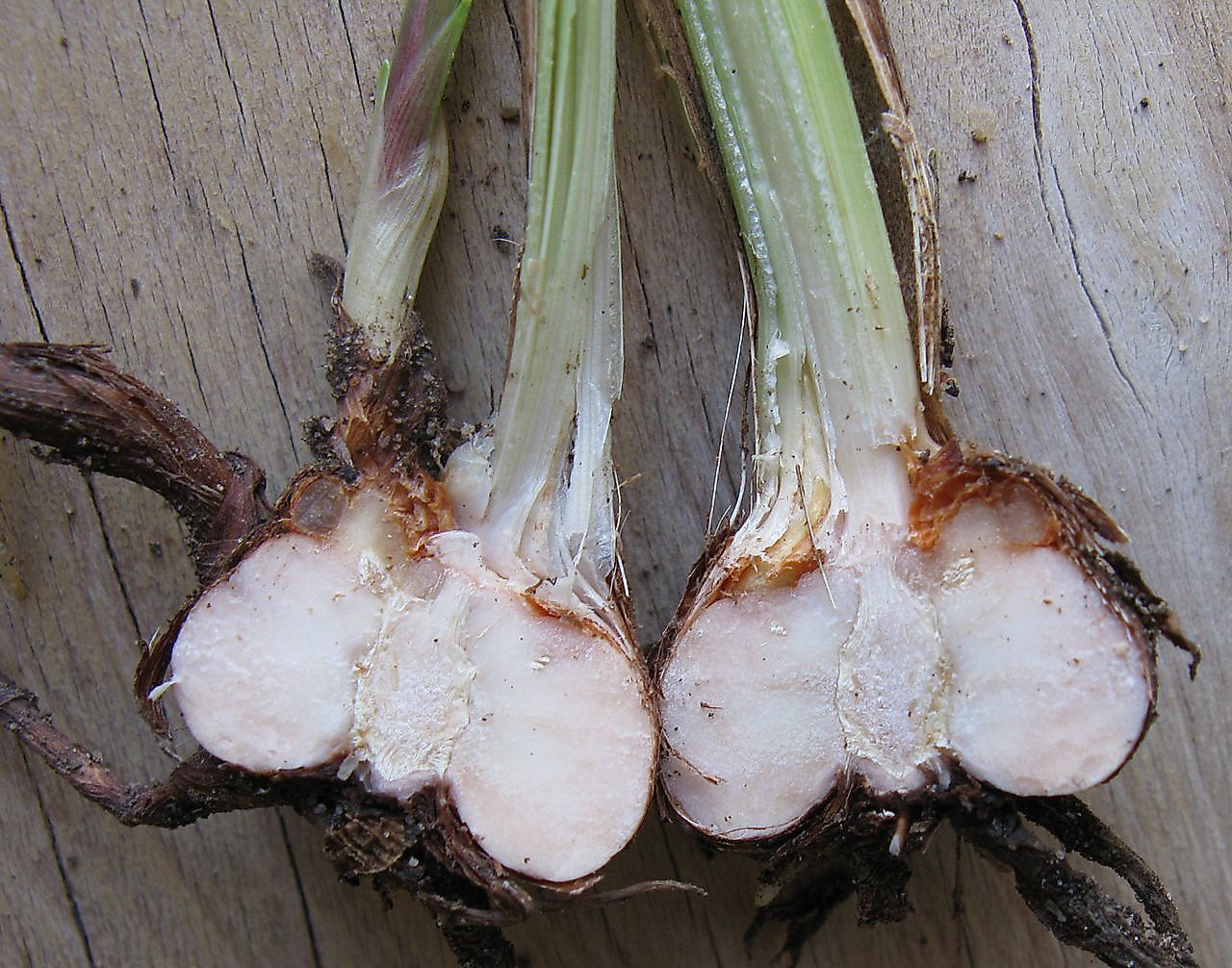
A corm is a fleshy, spherical modified stem that can be regarded as a condensed form of rhizome that grows in the vertical direction. The base of the corm is flattened and it bears both nodes and internodes. The former bear scale leaves and axillary buds. The corm gives rise to adventitious roots. Colocasia, amorphophallus, etc., are examples of corms.
11. Tuber -
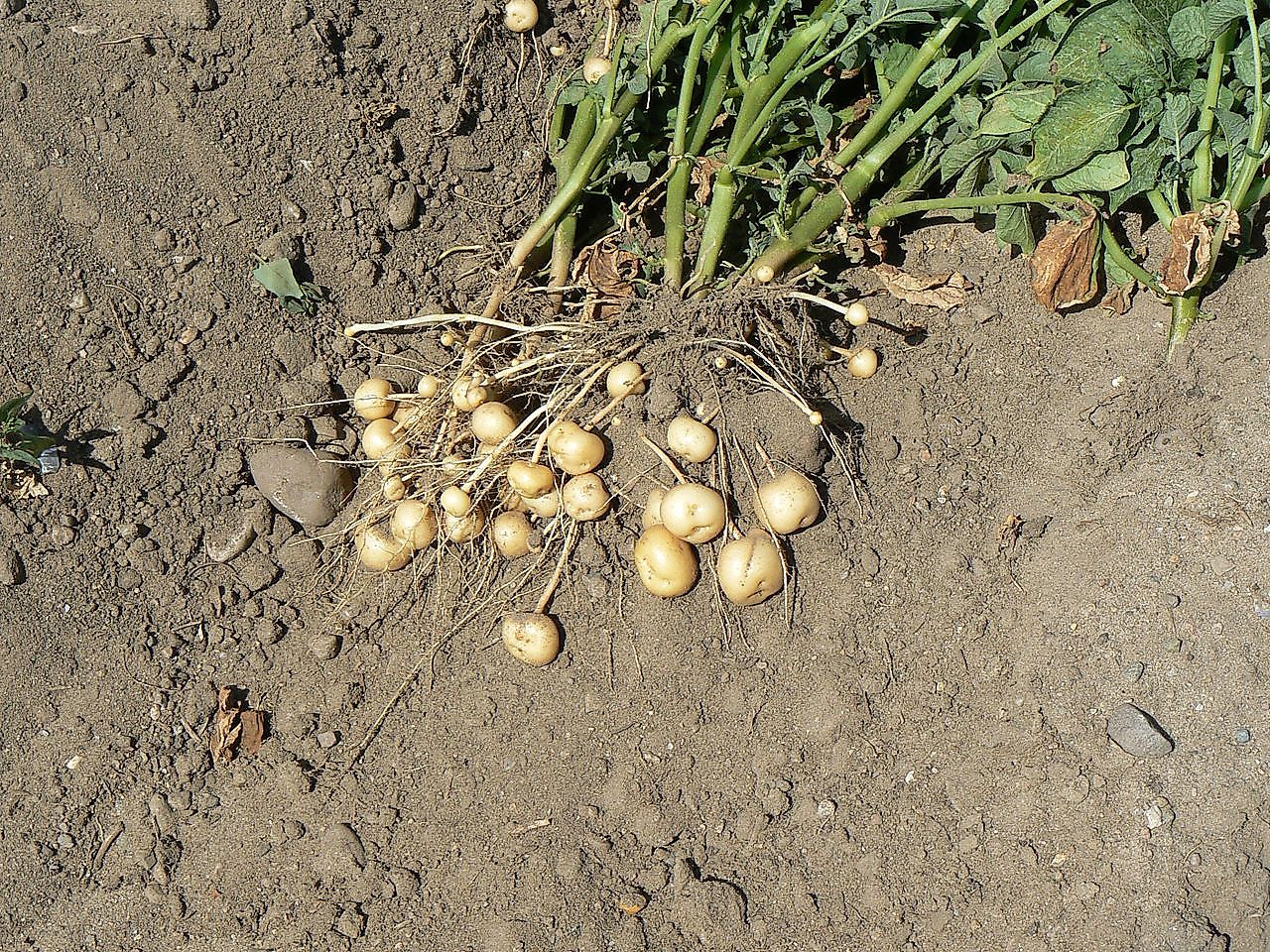
A tuber is a swollen tip of a specialized underground stem called stolon that grows laterally below the ground. A tuber is typically short and thickened. It stores starch in its parenchyma tissue that helps the plant derive nutrition during periods of environmental stress. The skin of a tuber bears numerous small depressions called “eyes” which represent nodes. These “eyes” bear one or more buds subtended by a scale leaf. The buds can give rise to a new plant. Potatoes and the Jerusalem artichoke are typical examples of tubers.
10. Sub-aerial Stem Modifications -
As the name suggests, stems with subaerial modifications are partly on ground and partly below. These stems are useful in vegetative propagation of plants.
9. Runner -
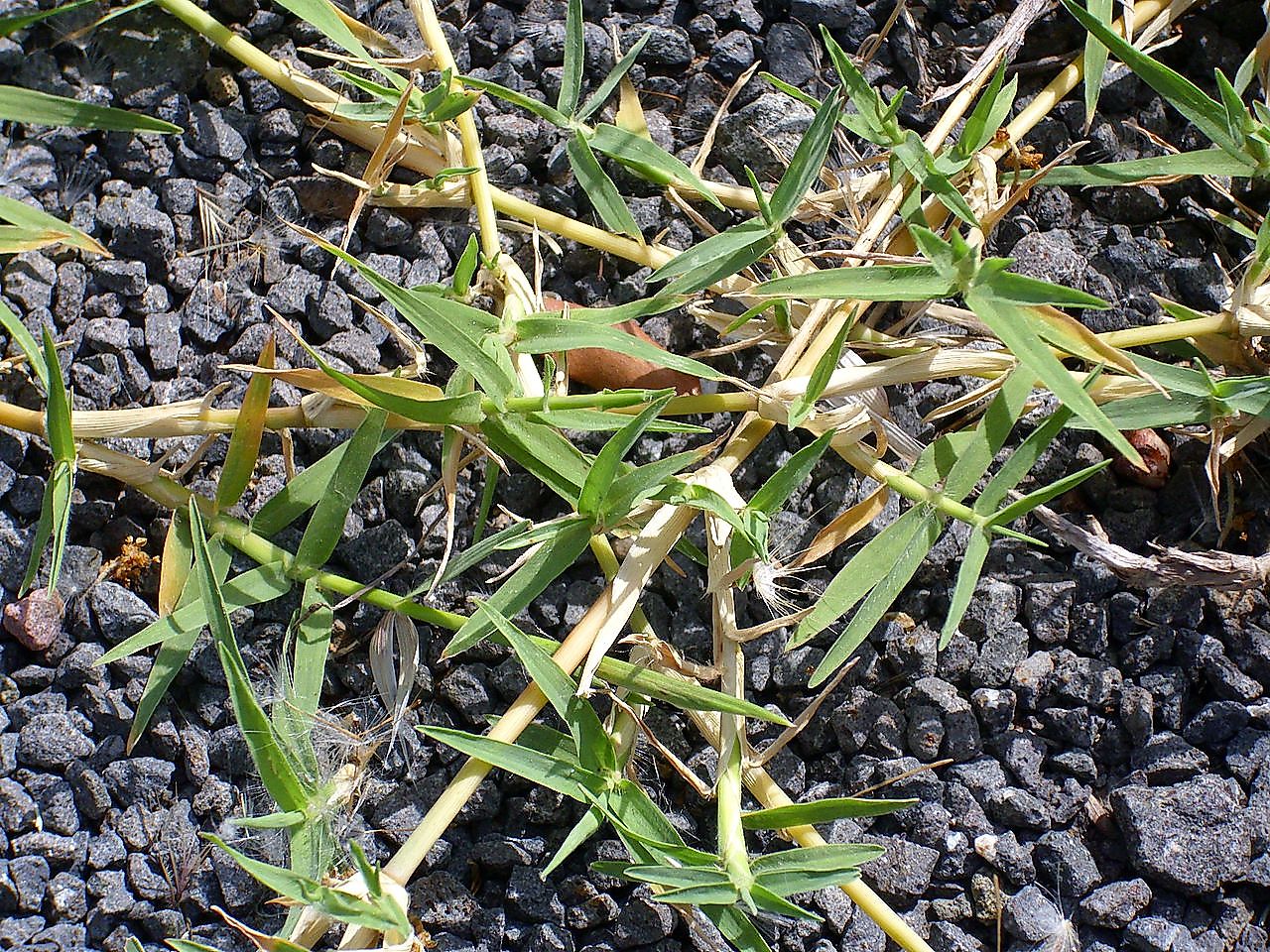
Runners are examples of sub-aerial modifications of stems. Runners are also called creeping stems that run horizontally along the surface of the soil. The mother plant often produces runners in all directions which then detach from the parent and thrive by itself. Runners have long internodes. The nodes bear scale leaves and axillary buds. Adventitious roots also arise from the nodes. Law grass or Cynodon and wood sorrel or Oxalis are examples of runners.
8. Offset -
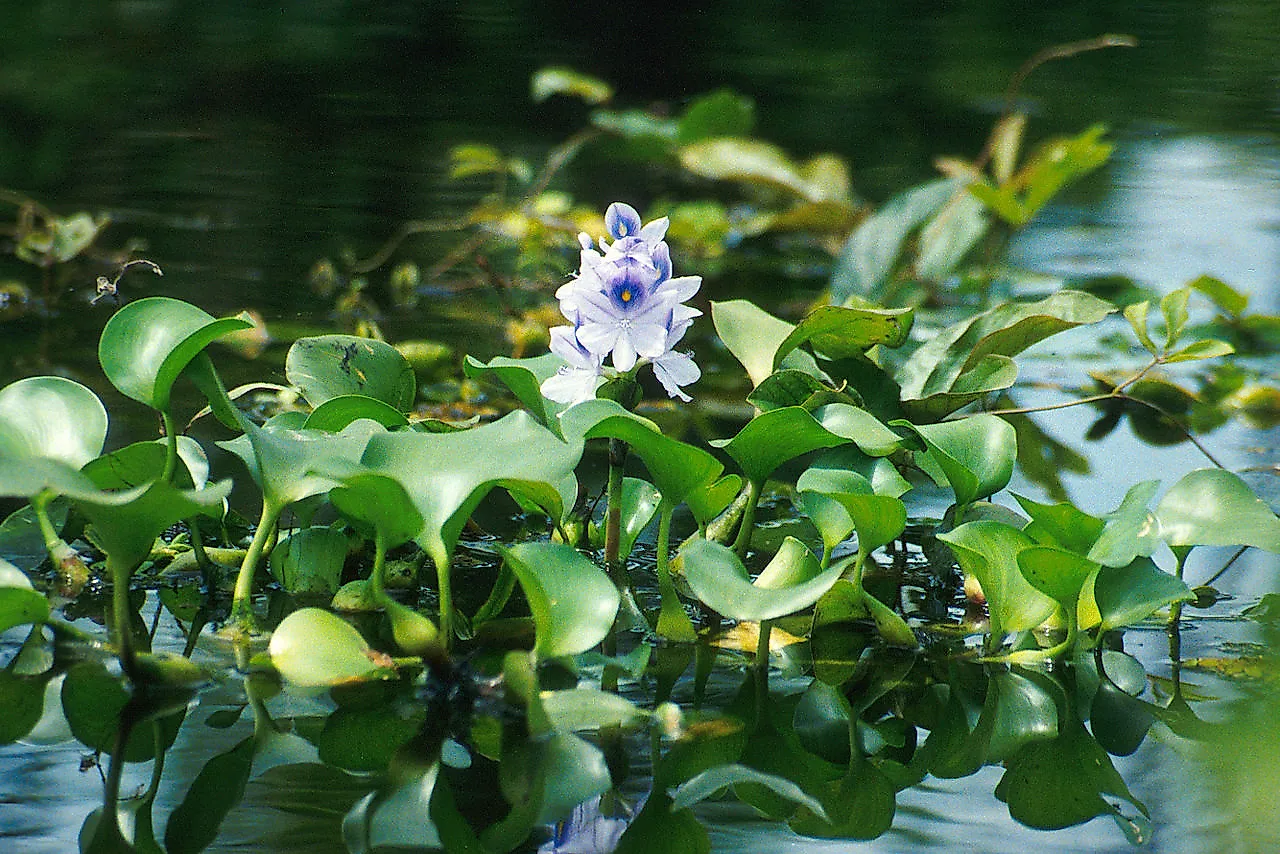
An offset is a short runner with a single internode. It rises from a leaf axil and grows horizontally for a short distance. It then gives rise to adventitious roots and a rosette of leaves. Thus, a new daughter plant that is genetically identical to the mother plant is born. Aquatic plants like water lettuce, water hyacinth, etc., are born as offsets.
7. Succer -
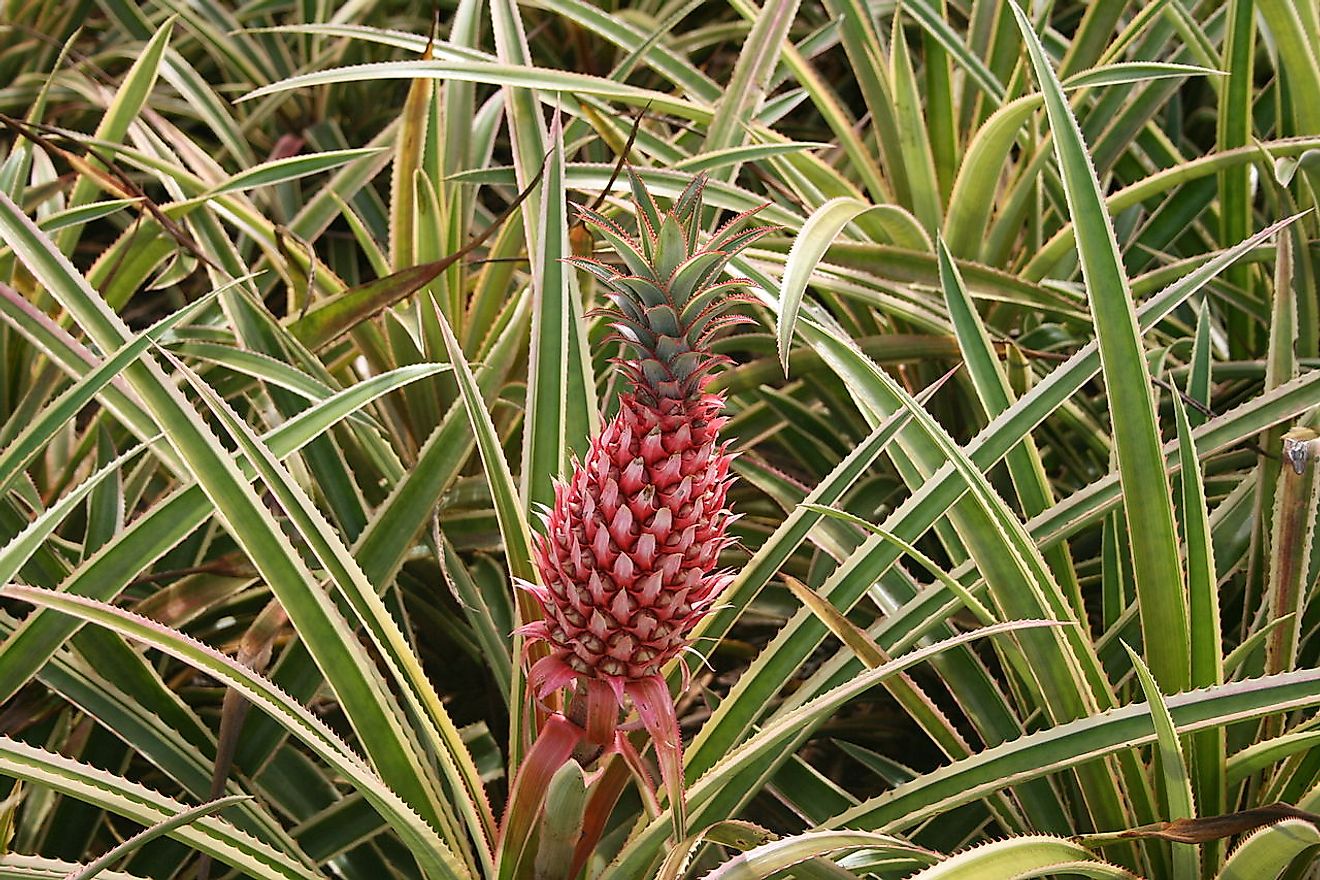
A succer is also a sub-aerial stem modification. Here, the sucker arises from the basal part of a stem below the ground and runs horizontally underground for some distance before emerging obliquely upwards on the surface. It then gives rise to a leafy shoot and adventitious roots and separates from the mother plant to develop into a new plant. Garden chrysanthemum, strawberry, pineapple, etc., are examples of such plants.
6. Stolon -
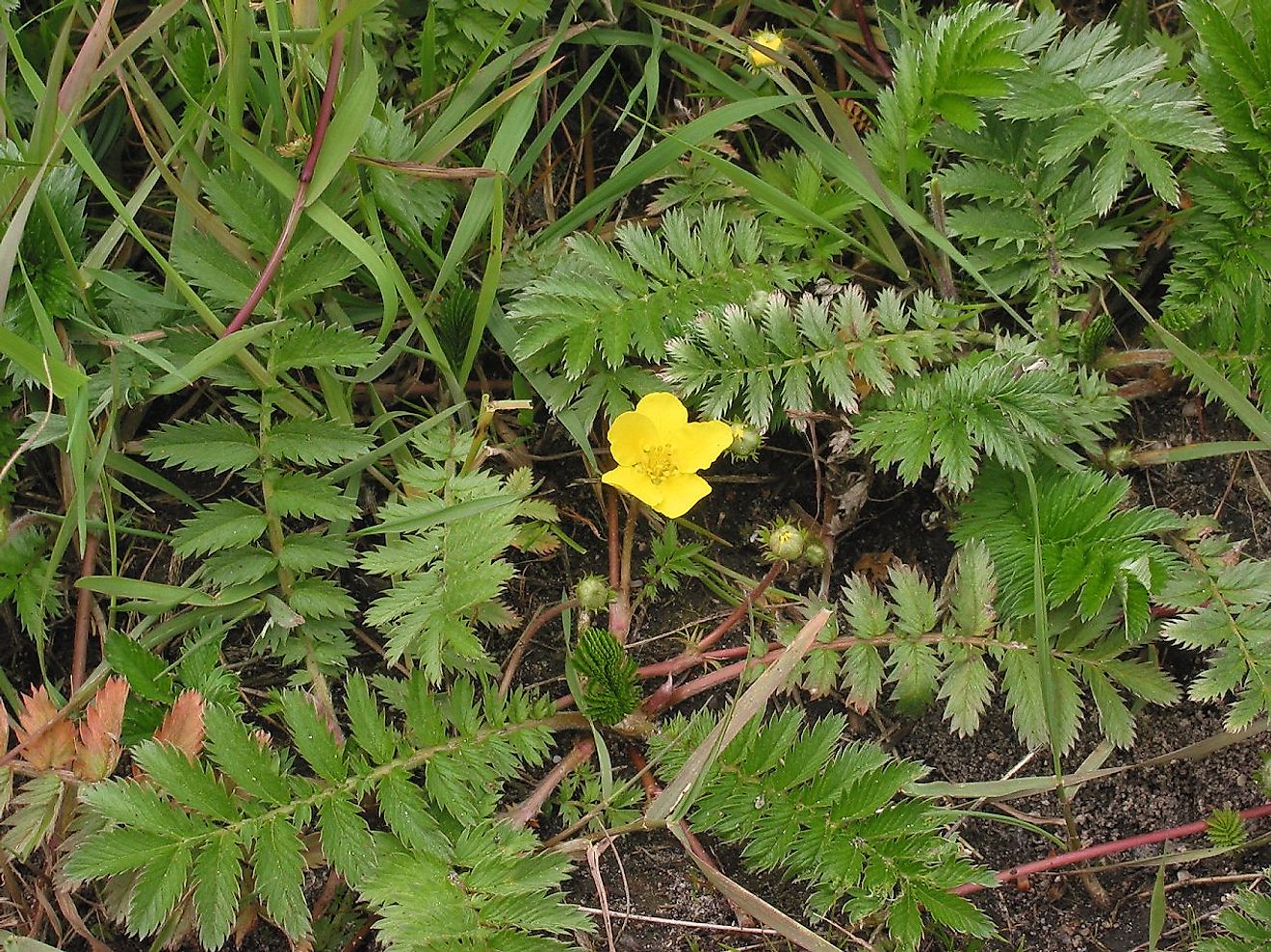
Stolon is a weak branch arising laterally from the main stem’s base. It then grows above ground for some time and then bends towards the ground until it touches the soil. Here, it gives rise to adventitious roots and a new shoot and then separates from the parent plant to grow into a new plant. Jasmine and colocasia are plants with stolons.
5. Aerial Modifications Of Stems -
In some plants, the stems growing above ground are modified to perform certain functions like photosynthesis, food storage, vegetative propagation, protection, climbing, etc.
4. Bulbil -
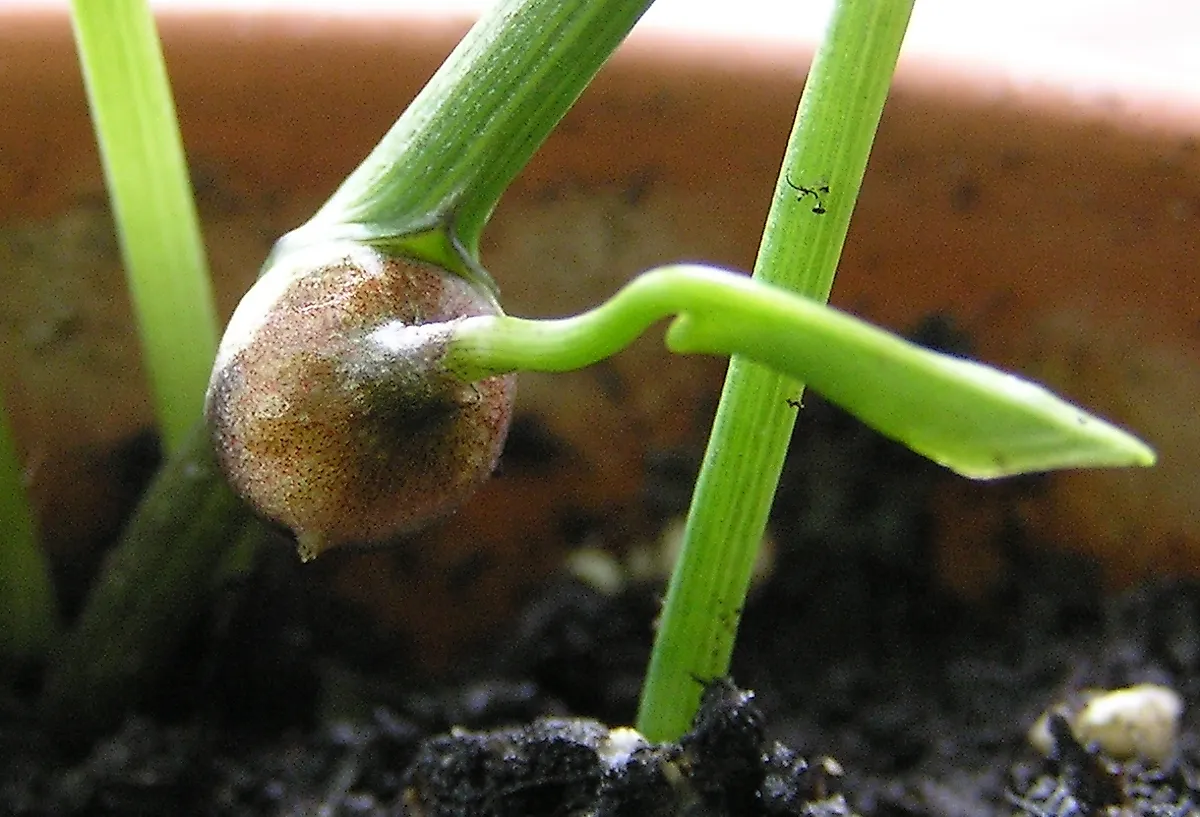
A bulbil is an aerial stem modification that develops from the axillary bud of a plant or in place of an inflorescence or flower. It then gives rise to a new plant. Bulbils thus allow the parent plant to reproduce vegetatively. The young plants are clones of the parent plant. In plants like Dioscorea, condensed axillary buds form bulbils while in lily, the floral buds develop into bulbils.
3. Thorn -
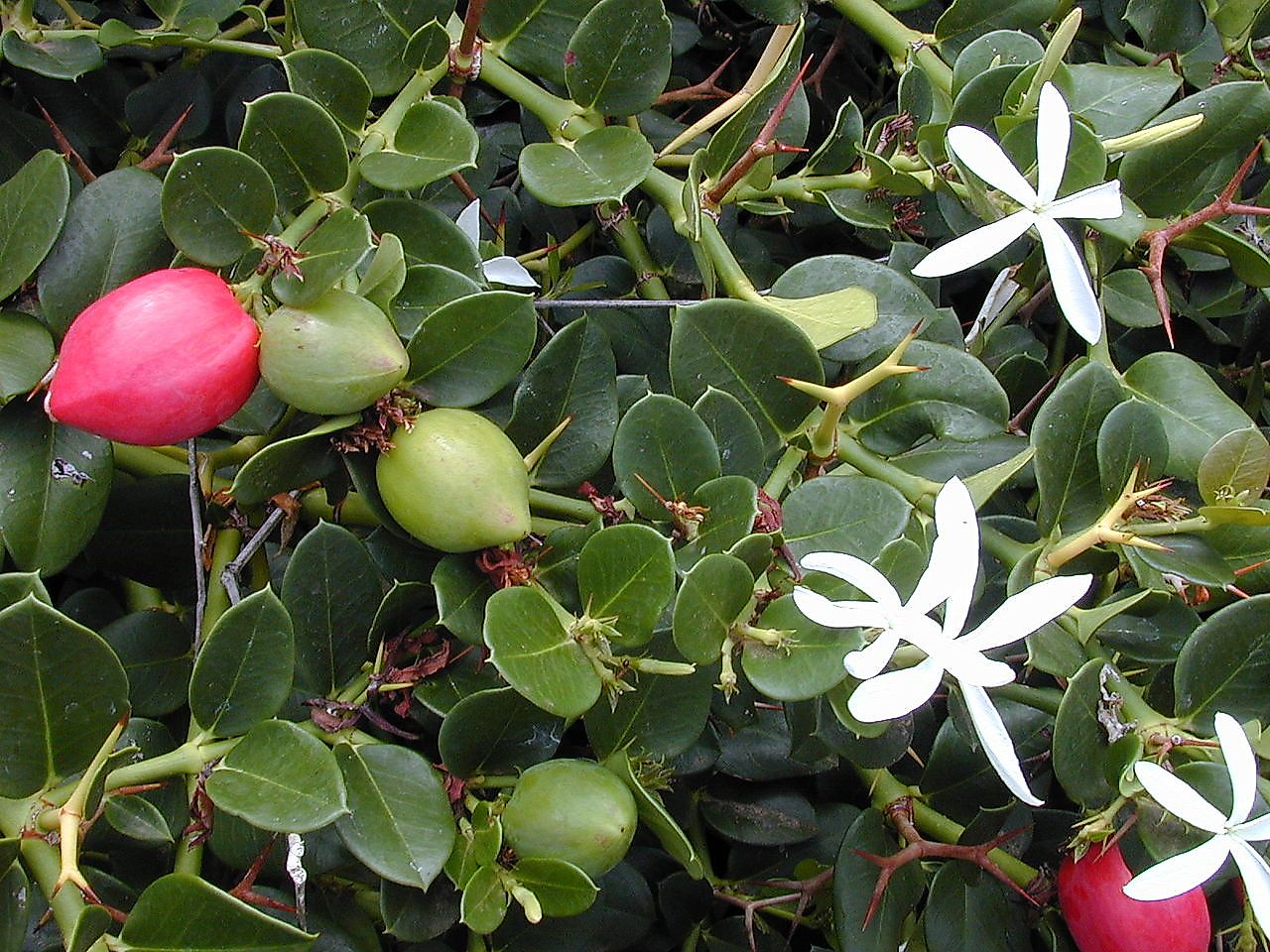
Thorns are sharp, hard or woody pointed structures that grow from arrested axillary or terminal buds of the main stem. Thorns occasionally bear flowers or leaves. Duranta and Citrus thorns are modified axillary buds while Carissa thorns are modified terminal buds. Thorns serve various purposes like checking evapotranspiration, defense, and climbing. Thorns can be branched as in Carissa carandas.
2. Cladodes Or Cladophylls -
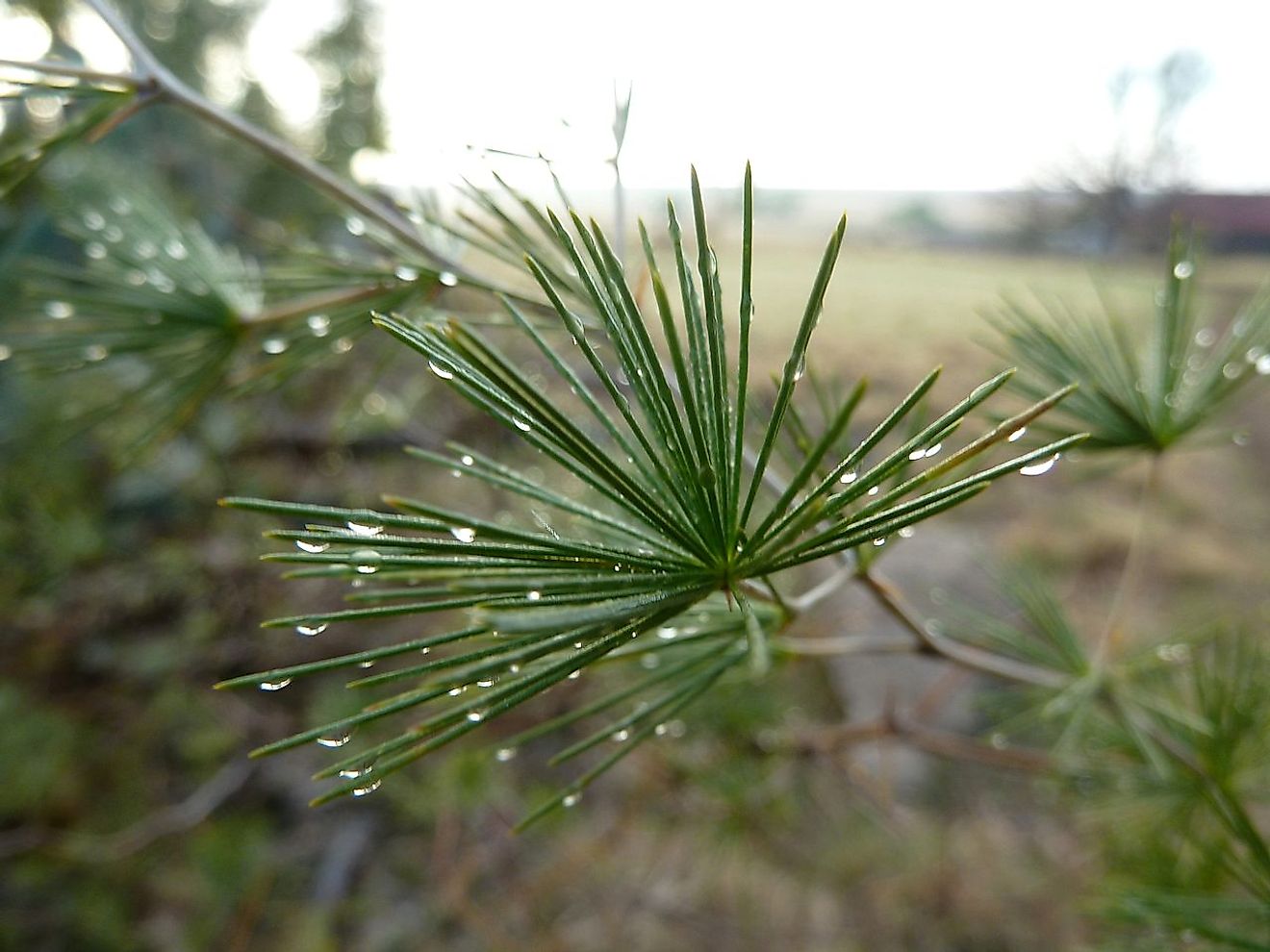
Cladodes are stems that get flattened to perform photosynthetic functions of the leaf. Leaves in such plants are often reduced to scales. Examples of cladodes are asparagus and butcher’s broom.
1. Phylloclade -
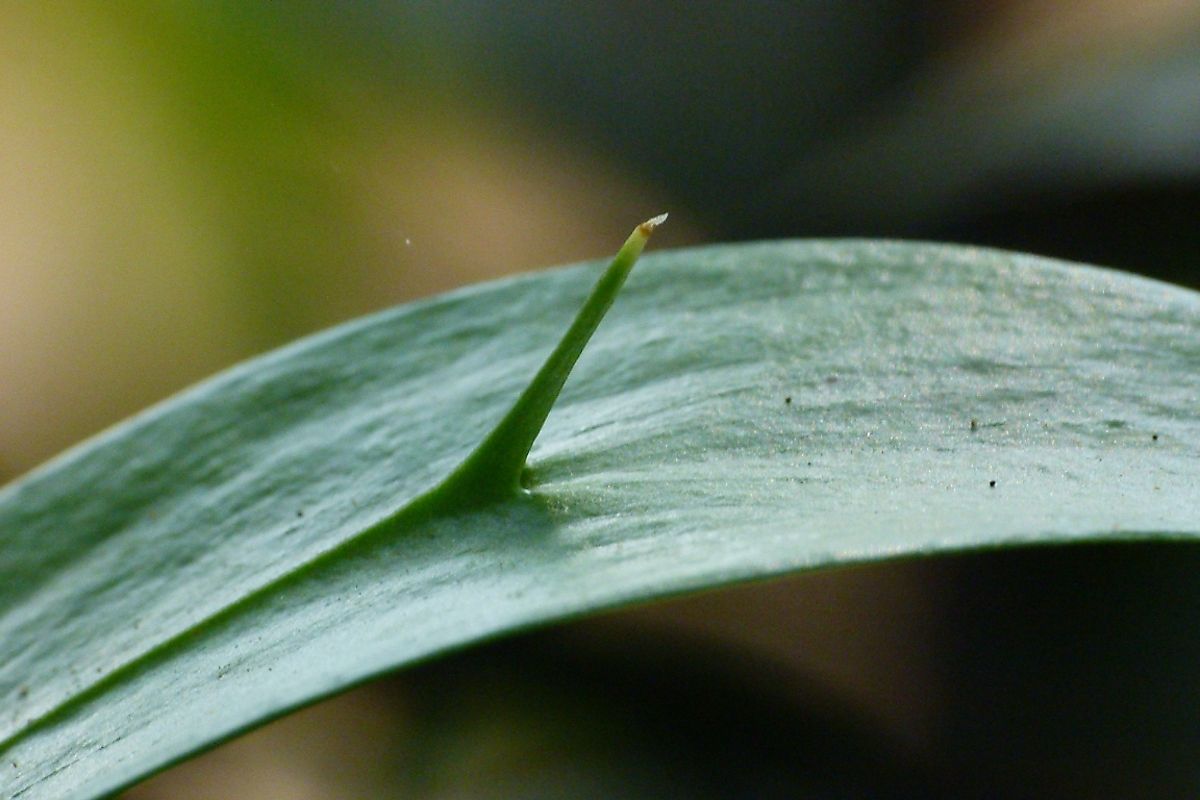
While a section of botanists regards cladodes and phylloclades as the same, others differentiate between the two terms. According to the latter, phylloclades are green, fleshy, and flattened stems or cylindrical branches that can grow in an unlimited manner. Here, the leaves are modified to scales or spines and the photosynthetic functions of the leavers are performed by the modified stems. Examples include Opuntia, Casuarina, etc.











